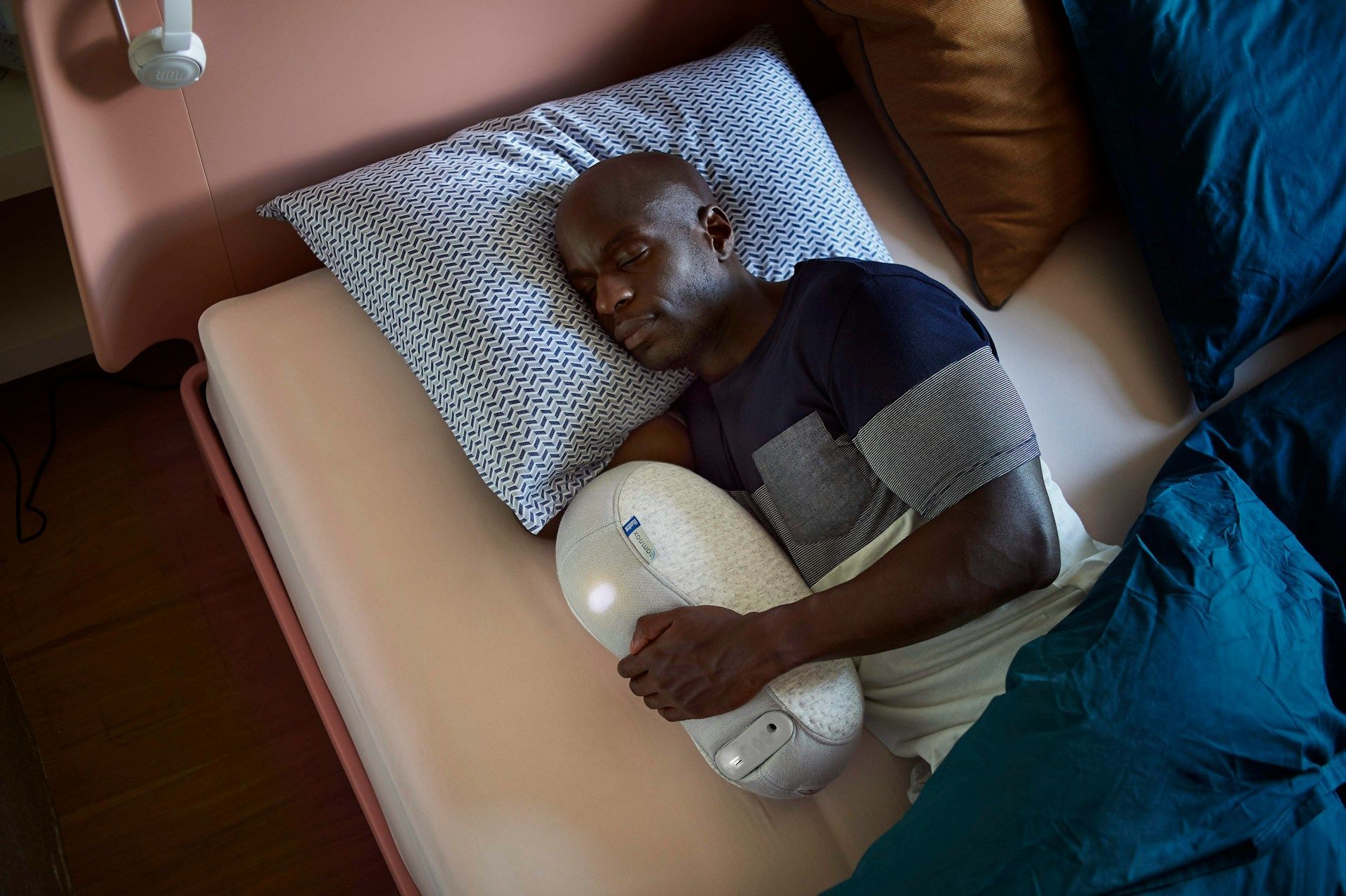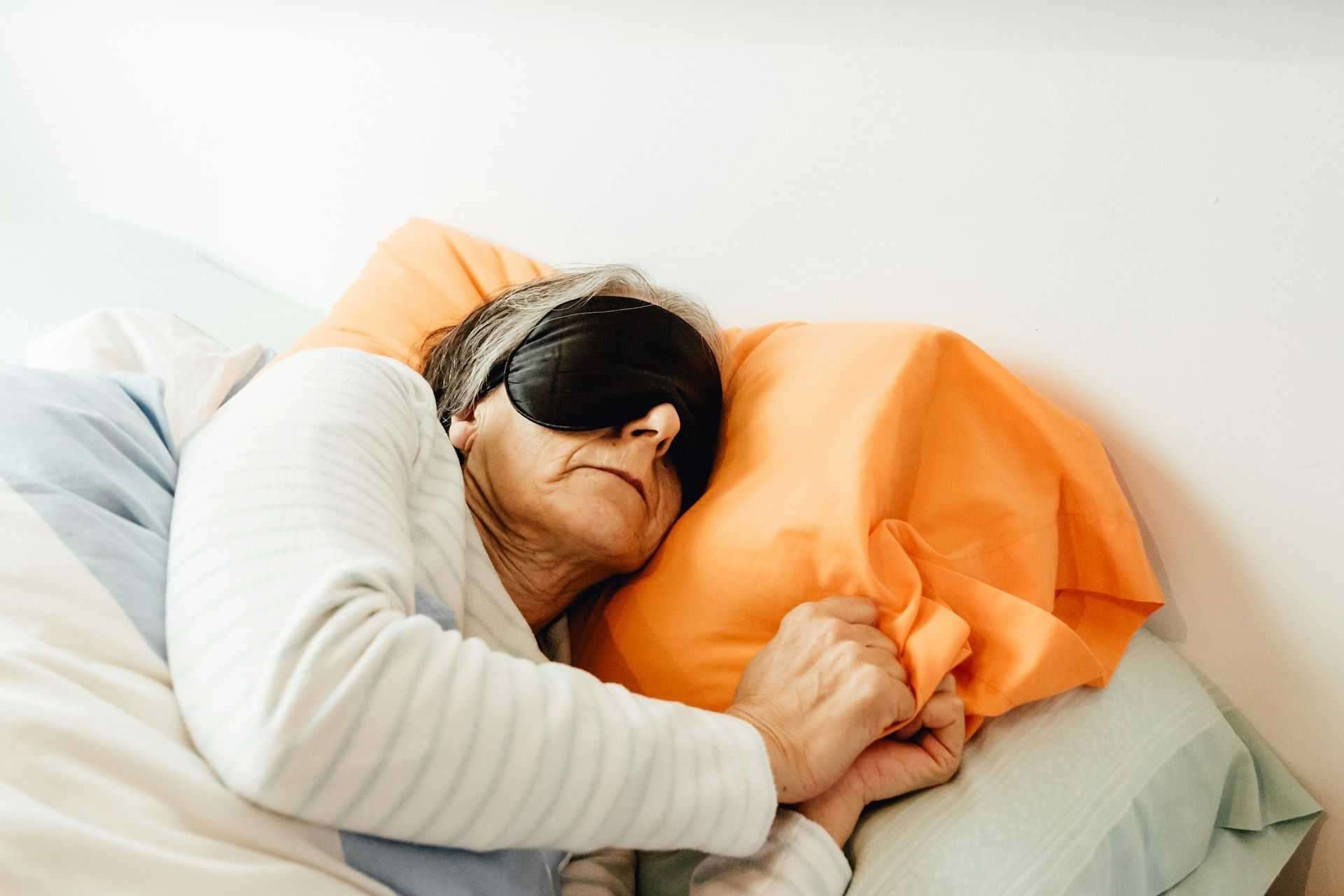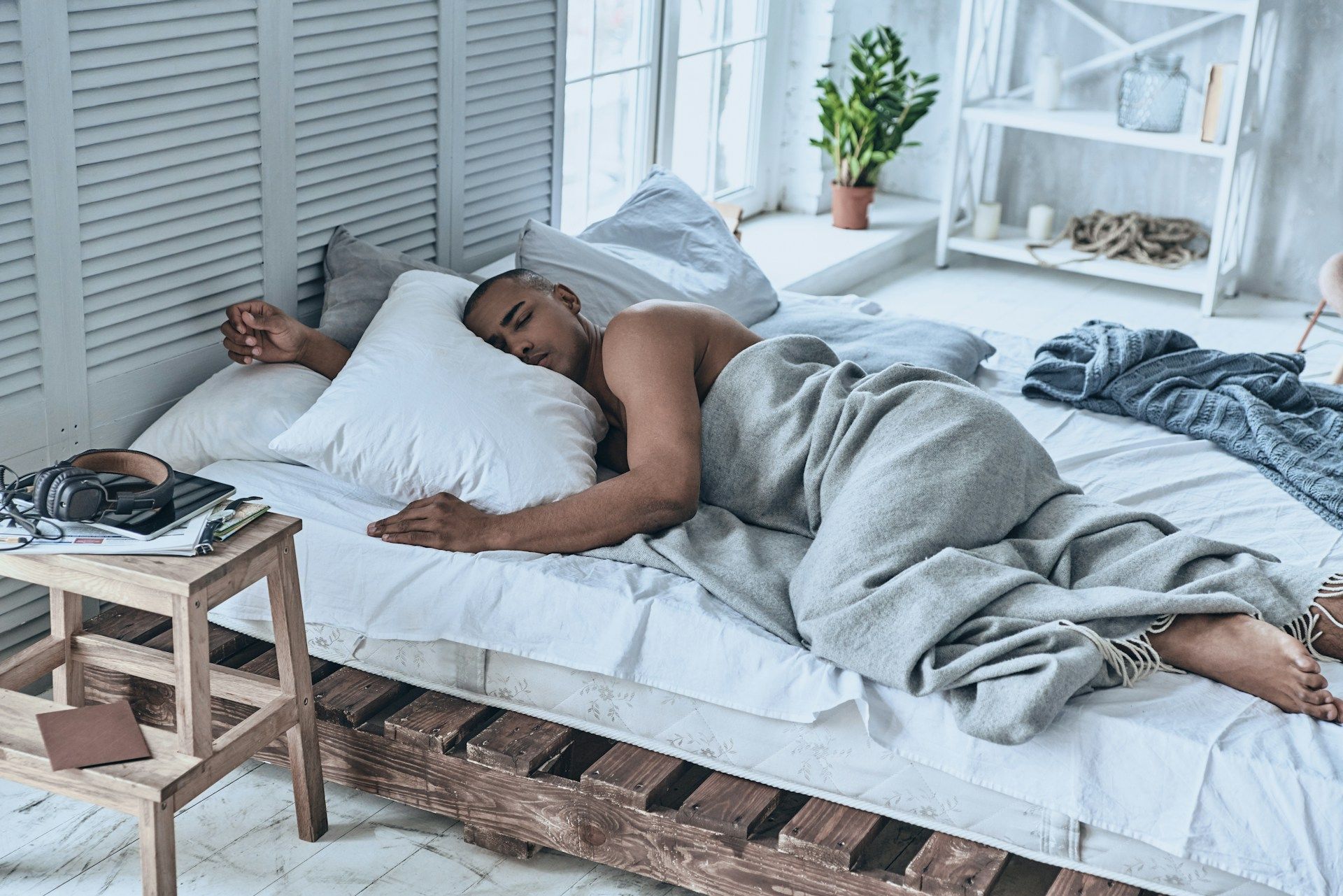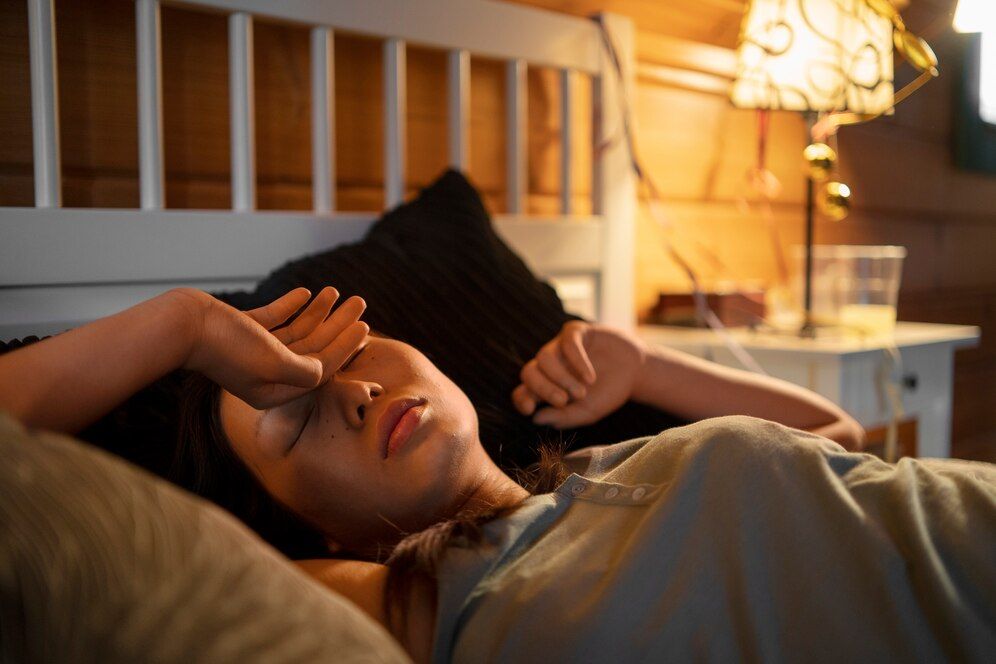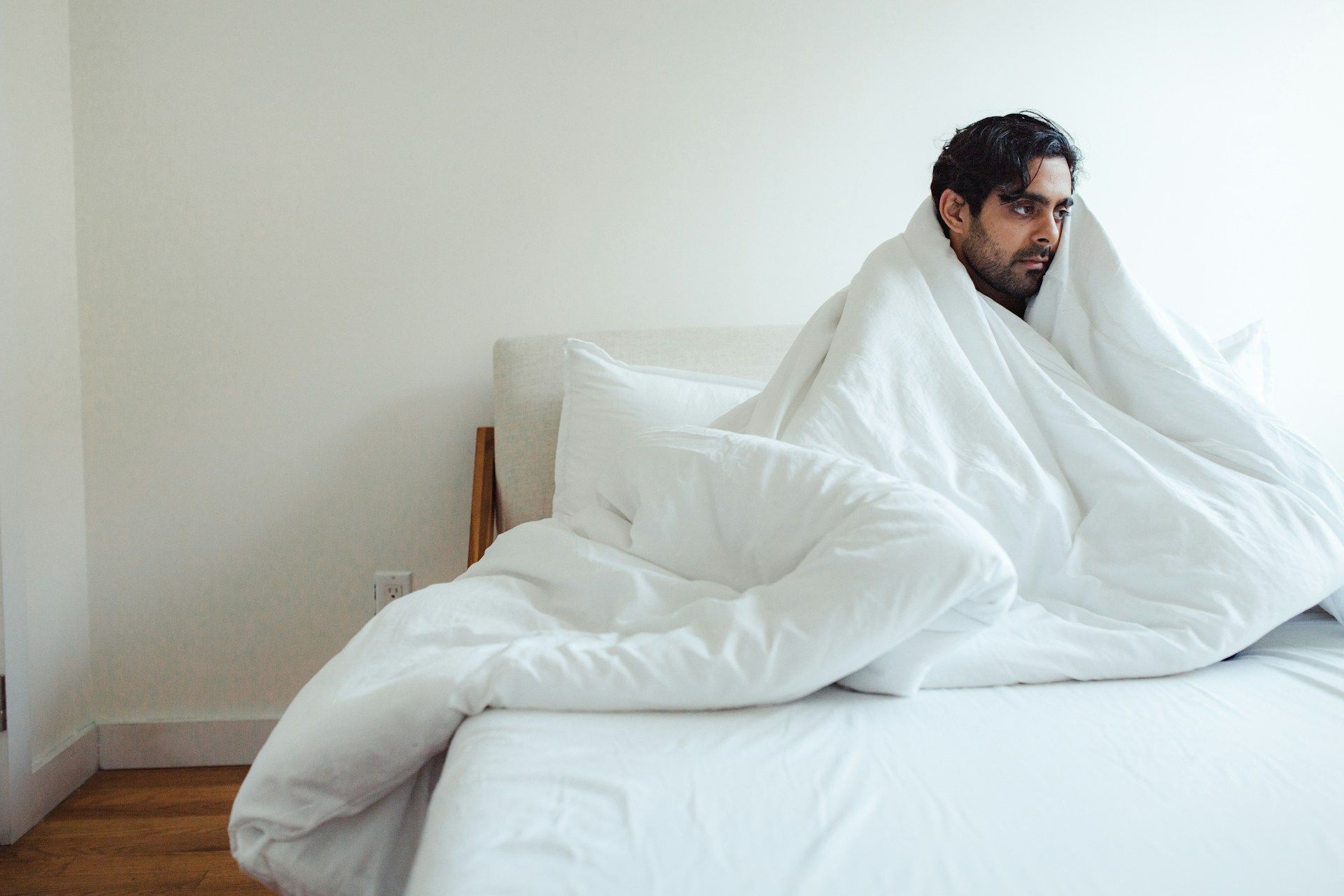Combating Sleep Apnea with Positional Therapy: Strategies for a Better Night's Sleep

Whether utilized independently or in conjunction with other treatment methods, positional therapy can be a valuable addition to your sleep apnea management toolkit. That’s why we want to discuss practical strategies and tips for implementing positional therapy in your daily routine, discuss the benefits in terms of sleep quality and overall health, and explore how Sleep Advantage can help support you along your journey toward better sleep health.
In this educative and informative blog post, we will dive into positional therapy as a potential treatment option for sleep apnea, exploring the concept, its benefits, and practical strategies for incorporating it into your daily sleep routine. Sleep Advantage is dedicated to supporting our patients throughout their sleep health journey, and our expert team is committed to helping you explore potential treatment avenues to achieve the restful sleep you deserve.
Whether utilized independently or in conjunction with other treatment methods, positional therapy can be a valuable addition to your sleep apnea management toolkit. In this comprehensive guide, we will discuss practical strategies and tips for implementing positional therapy in your daily routine, discuss the benefits in terms of sleep quality and overall health, and explore how Sleep Advantage can help support you along your journey toward better sleep health.
Combating Sleep Apnea with Positional Therapy: Strategies for a Better Night's Sleep
In this in-depth guide, we will provide practical strategies and insights on implementing positional therapy in your daily routine to help manage sleep apnea symptoms and lead to improved sleep quality. By incorporating these tips, you can actively support your sleep health and overall well-being.
Understanding the Connection Between Sleep Position and Sleep Apnea
To better grasp the effectiveness of positional therapy, it's essential to understand the link between sleep positions and sleep apnea symptoms.
1. Supine position: Lying flat on your back can exacerbate sleep apnea symptoms due to the gravitational pull that can cause the airway tissues to collapse or tongue and throat muscles to relax.
2. Lateral position: Side-sleeping is often considered a better sleep position for individuals with sleep apnea, as it encourages a more open airway and reduces the risk of airway obstructions.
3. Prone position: Sleeping on your stomach is also less likely to cause airway obstruction. However, this position can lead to neck pain or discomfort due to the need to turn the head to one side for breathing.
Strategies for Implementing Positional Therapy in Your Sleep Routine
Introducing positional therapy into your daily routine can be simple yet highly effective in managing sleep apnea symptoms. Here are some strategies to help you get started:
1. Use a Body Pillow:
Placing a body pillow along your back or between your knees can help keep you positioned on your side throughout the night.
2. Modify Your Sleep Surface: Adjust the incline of your bed, or use an adjustable bed to elevate your upper body, which can help minimize symptoms in supine sleepers.
3. Tennis Ball Technique: Attach a tennis ball to the back of your sleepwear to create discomfort when you try to roll onto your back, encouraging you to remain on your side.
4. Invest in a Positional Therapy Device: There are specialty devices available, such as sleep position trainers or positional sleep aids, designed to help keep you in the desired sleep position throughout the night.
Monitoring and Adapting Your Sleep Position
Incorporating positional therapy into your routine requires awareness of your sleep position. By monitoring your sleep and being open to making adjustments, you can better achieve successful results with positional therapy.
1. Keep a Sleep Diary: Record your sleep position upon waking and note any middle-of-the-night position changes. This helps you track your progress and gain insight into your sleep habits.
2. Utilize Sleep Tracking Devices: Sleep trackers can provide detailed information about your sleep position, quality, and duration, allowing you to analyze and make necessary adjustments.
3. Communicate with Your Sleep Partner: Request feedback from your partner on your sleep positions, as they may be able to provide additional insights or observations to enhance your efforts.
Combining Positional Therapy with Other Treatment Options
While positional therapy can be effective on its own, combining it with other sleep apnea treatment modalities can yield optimal results and enhance your overall sleep quality.
1. Continuous Positive Airway Pressure (CPAP) therapy: Combining CPAP with positional therapy can lead to a further reduction in sleep apnea episodes, providing more restorative sleep.
2. Oral Appliance Therapy: Wearing a custom-fitted oral appliance while practicing positional therapy can manage sleep apnea symptoms effectively and reduce snoring.
3. Lifestyle Changes: Addressing weight management, nutrition, and exercise as part of sleep apnea treatment can also contribute to improved sleep health and overall well-being.
Collaborating with Sleep Advantage for Personalized Guidance
As you embark on your journey to better sleep, working with the Sleep Advantage team can provide you with personalized support and guidance to optimize your positional therapy efforts.
1. Consult with our sleep experts to review your current sleep habits and discuss strategies for incorporating positional therapy into your sleep routine.
2. Seek ongoing support and advice to adjust your practice as needed, ensuring the optimal efficacy of positional therapy.
3. Stay informed about the latest advancements in sleep apnea treatment and explore additional treatment options with the help of our dedicated team.
Conclusion
Positional therapy can be a valuable component of your sleep apnea treatment plan, helping to manage symptoms and improve overall sleep quality. By understanding the connection between sleep position and sleep apnea, implementing practical strategies, monitoring and adapting your sleep position, combining positional therapy with other treatment options, and collaborating with Sleep Advantage for personalized guidance, you can actively work toward better sleep and enhanced well-being.
At Sleep Advantage, a leading sleep apnea treatment center in Arlington, WA, we are dedicated to helping patients with CPAP intolerance or snoring issues achieve better sleep and improved well-being. Our personalized approach to care focuses on providing our patients with a comprehensive understanding of available treatment options, including an
alternative to CPAP, empowering them to make informed decisions about their sleep health journey..


